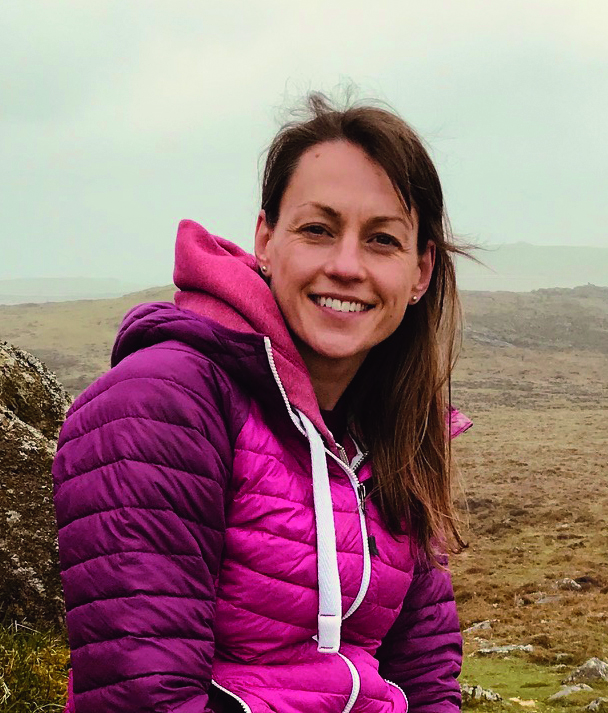Alturlie Point
Several kilometres outside Inverness, but recommended for both red- and black-throated divers, long-tailed ducks and scaup offshore and bar-tailed godwits and other waders on the foreshore.
Culloden Wood
One of several woodlands worth visiting just outside the city centre and site of the infamous battle that put down the Jacobite rebellion of 1746. There’s a possibility of seeing a red squirrel here. On the other side of the city, Craig Phadrig with its Pictish hillfort is also a good location for red squirrels.
Longman Bird Hide
Overlooks the mudflats and saltings near Kessock Bridge. Thanks to its sewage outlet, it is renowned as a site for gulls less commonly seen in Britain – glaucous and Iceland gulls are annual visitors, while the Longman bird hide also has a record for an ivory gull, a beautiful pure-white bird of the High Arctic. Look out for tufted duck, teal, redshanks and curlews here, too.
Merkinch Local Nature Reserve
Between the mouth of the River Ness and the Caledonian Canal, Merkinch is an excellent spot for bottlenose dolphins and is also good for waders, wildfowl and goosanders and red-breasted mergansers in autumn and winter. Nearby Muirtown Pools are reliable for kingfishers.
Ness River Islands
Two small islands linked by bridges where you can see salmon and even seals. Look out for wildfowl, and – at dawn and dusk in spring and summer – pipistrelle and Daubenton’s bats. The bats are right at the northern limit of their UK distribution in Inverness.
Beauly Firth
Whooper swans, pink-footed geese and many duck species spend the winter here.
